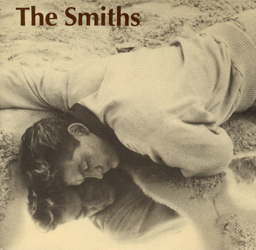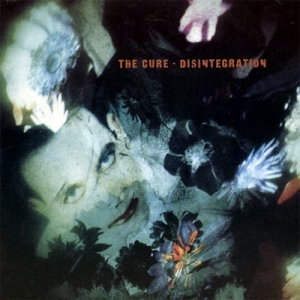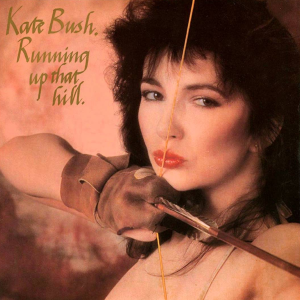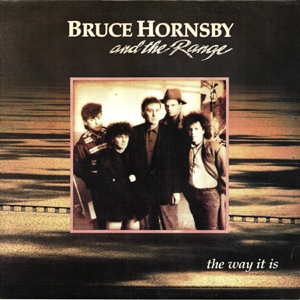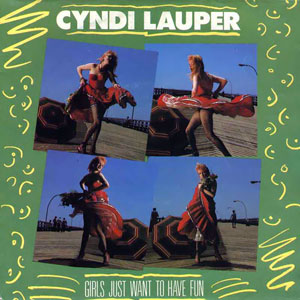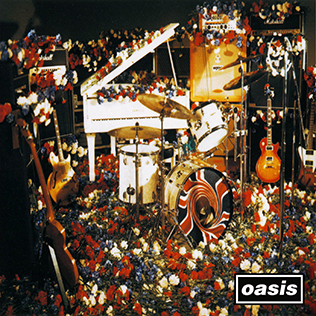The Smiths, fronted by the iconic Morrissey, left an indelible mark on the landscape of popular music with their distinct blend of jangly guitars, poignant lyrics, and an often somber, yet ironically humorous, outlook on life. From their debut single “Hand in Glove” to classics like “This Charming Man” and “There Is A Light That Never Goes Out,” The Smiths captured the hearts and minds of listeners in the 1980s and beyond, creating a legacy that continues to influence countless artists today.
At the heart of The Smiths’ sound was the partnership between Morrissey and guitarist Johnny Marr. Morrissey’s unique vocal style and melancholic, introspective lyrics were perfectly complemented by Marr’s melodic guitar work. Tracks like “How Soon Is Now?” and “Bigmouth Strikes Again” showcase this synergy, with Morrissey’s expressive voice riding the wave of Marr’s intricate guitar riffs. Their music often tackled themes of love, alienation, and societal critique, resonating deeply with a generation of fans.
After The Smiths disbanded in 1987, Morrissey embarked on a successful solo career, continuing to explore similar themes but with a broader musical palette. Songs like “Everyday Is Like Sunday” and “The More You Ignore Me, the Closer I Get” highlight his ability to craft memorable melodies and incisive lyrics. Morrissey’s solo work retained the wit and introspection of his days with The Smiths, while tracks such as “Irish Blood, English Heart” demonstrated his willingness to address political and social issues head-on.
Despite his musical achievements, Morrissey’s career has been marred by controversy. He has faced accusations of racism and criticism for his provocative statements on immigration and national identity. These controversies have alienated some fans and led to heated debates about the separation of art and artist. While Morrissey’s outspoken nature has undoubtedly cast a shadow over his legacy, it has also sparked important discussions about the role of artists in society and the impact of their personal beliefs on their public personas.
The Smiths and Morrissey have received numerous accolades over the years, including critical acclaim and dedicated fan followings. Their influence can be seen in the work of bands like The Stone Roses, Radiohead, and Oasis, all of whom have cited The Smiths as a significant inspiration. Despite the controversies, the enduring appeal of songs like “Heaven Knows I’m Miserable Now” and “Panic” underscores the lasting impact of The Smiths’ music.
In sum, the music of The Smiths and Morrissey remains a cornerstone of alternative rock, celebrated for its lyrical depth, melodic innovation, and cultural significance. While Morrissey’s controversial stances have sparked debate and disapproval, the artistic contributions of The Smiths continue to resonate, offering solace and connection to listeners navigating the complexities of life.
Follow Tunes du Jour on Facebook
Follow Tunes du Jour on Twitter
Follow me on Instagram
